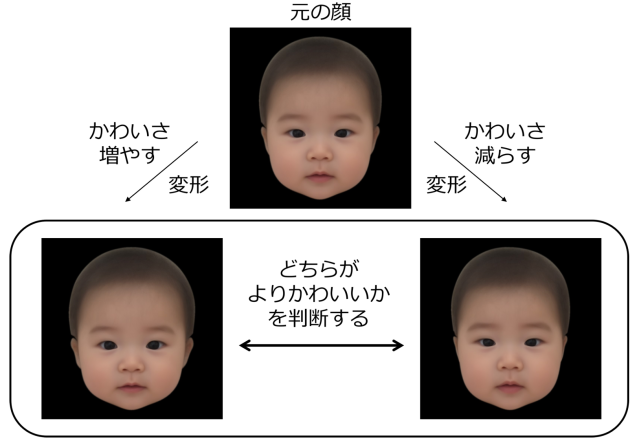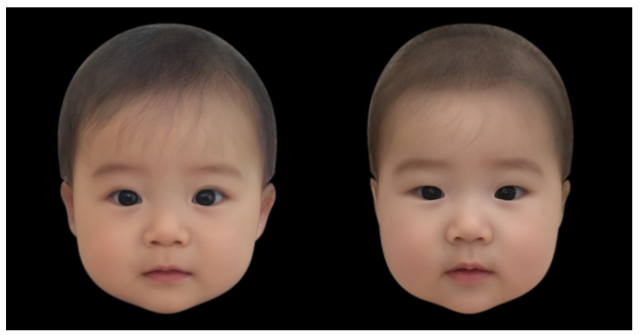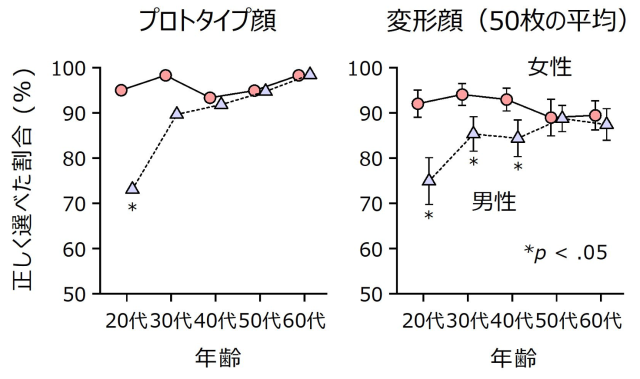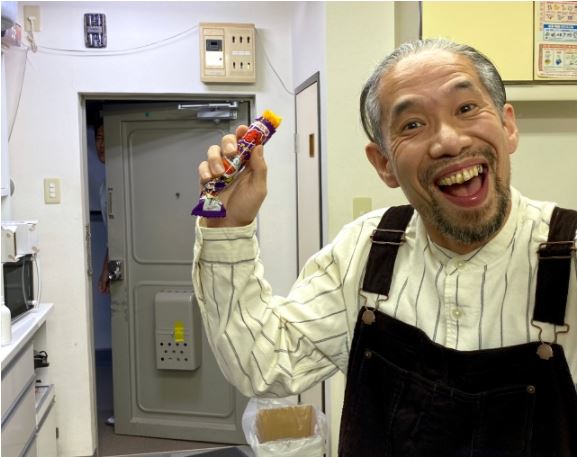Objectively cute Japanese baby face factors determined by Osaka University team

Your baby may be cute, but is it scientifically proven cute?
Cuteness is easily the most potent weapon in a baby’s arsenal. How else can they make adults succumb to their wills by repeatedly hand-feeding them and wiping their butts?
▼ “You there, cease that infernal clicking and clacking on your box and tend to my rear!”
 Photo ©SoraNews24
Photo ©SoraNews24
Because of this, science has long sought for a way to end this reign of tyranny and attempted to decode the cuteness factors that make babies so powerful. In the 1940s, Austrian Nobel Laureate Konrad Lorenz made the breakthrough development of the kindchenschema or “baby schema” which is a set of facial features to trigger a sense of cuteness in humans. However, given Lorenz’s nationality, progress in kindchenschema was largely limited to Caucasian babies. So, a research group headed by Professor Hiroshi Nittono at the Graduate School of Human Sciences in Osaka University set out to determine the set of facial features that combine to make a cute Japanese baby.
Following the work pioneered by Lorenz, Nittono’s team gathered a collection of 80 expressionless frontal faces of six-month-olds and showed them to 200 Japanese men and women between the ages of 20 and 69. Those surveyed were asked to rate the babies on a scale of one to seven, with one being “not cute at all” and seven representing “very cute.” With the range of data collected, the researchers could look beyond matters of personal taste and isolate features that consistently lead to high cuteness scores. It turned out that these Japanese kindchenschema weren’t very different from Western ones after all.
In the next step in the study, the team used the factors to alter 50 baby faces, making both “cuter” and “less cute” versions.
▼ Top: Original baby, Bottom Left: Baby altered to look cuter, Bottom Right: Baby altered to look less cute

These pairs of faces were then shown to another 587 Japanese men and women via an online survey in which they were asked to select which one was cuter.

For the most part, respondents selected the scientifically cute baby 90 percent of the time. However, an interesting exception was the group of Japanese men in their 20s, who only chose the artificially cute baby 70 to 80 percent of the time. Either they’re of the enlightened mind that all babies are intrinsically equally cute, or they just can’t tell a cute baby if it puked rainbows in their faces.
▼ Graphs showing the results of the online surveys with percentages of matching answers on the y-axis and age group on the x-axis. Circles represent female respondents and triangles are males. The left graph shows the results from only the pair of faces pictured above. The right graphs shows the results of a further 50 pairs of faces.

The results of this study led to the creation of the Japanese Cute Infant Face (JCIF) Dataset which is freely available online for other to continue the research. I decided to download it myself and ran it through an enhanced AI that I developed in about five minutes to generate THE cutest human being ever to grace the Earth…
 Photo ©SoraNews24
Photo ©SoraNews24
Perhaps humanity isn’t able to handle this level of cuteness yet.
As for overcoming the grip that babies have on our free will, more research will be needed. However, this data does open the door for creating an army of robots that can become artificially enchanted by newborns and do all the messy work for us. I hear Pepper’s looking for a new gig these days.
Source: ResOU, JCIF Dataset via MONOist
Images: ResOU unless otherwise noted
● Want to hear about SoraNews24’s latest articles as soon as they’re published? Follow us on Facebook and Twitter!
Credit:




0 comments: